In addition to its own wide-reaching monthly new releases (see www.naxos.com/newreleases.asp), Naxos also distributes several leading labels in many countries around the world. Here is a choice selection of recent releases from some of these distributed labels.
ORFEO was founded in 1979 as a pure license label at RCA and EMI and began releasing its own recordings in 1982. Thanks to the close cooperation with the best singers, instrumentalists, orchestras and conductors of the past three decades, ORFEO had been able to realise many world premiere recordings and build up an extraordinarily fine catalogue, which to date contains more than 1,000 recordings. The most famous series, Orfeo d’Or, features legendary historic performances at the festivals in Bayreuth and Salzburg or at the State Operas in Vienna and Munich.
Follow Orfeo’s profile on Spotify to discover some of the label’s greatest hits.
Carl Seemann was the kind of pianist who didn’t try to impress audiences with brilliant virtuosity. Instead, he understood the piano as his ideal medium for revealing a polyphonic structure on a single instrument.
After his death in Freiburg on 26 November 1983, at the age of 73, it took some 25 years before the recordings of his studio and concert performances began to be re(dis)covered and today he is once again regarded as one of the leading German pianists of the post-war era. To mark the 40th anniversary of his death, Orfeo is releasing this 7-disc boxed set containing all his recordings for the label, together with a booklet that highlights his artistic background and pianistic environment.
This 1962 production of Xerxes was based on Rudolf Steglich’s 1958 edition, which closely follows the autograph score housed in the British Museum and uses a new German translation. The roles of Xerxes and Arsamenes, originally written for castrato sopranos, are here taken by tenor voices.
As regards the orchestral direction, Rafael Kubelík favours a reserved, rather than overblown, string sound and adopts discreet vibrato, Baroque terraced dynamics and tempo relationships that avoid extremes. For today’s listeners, therefore, his interpretation falls midway between the productions based on Oskar Hagen’s arrangement, which largely reflected a romantic interpretation of the Baroque and the current period-sonority versions.
Browse more of Orfeo’s acclaimed releases on naxos.com.
Orfeo is offering you FREE DOWNLOADS. Please scroll down to the end of this page for details.
When Toscanini encouraged Nino Rota to study at the Curtis Institute, where guidance by Fritz Reiner and a friendship with Aaron Copland awaited the precocious composer, it was already clear that an outstanding career lay ahead of him, even if its exact course wasn’t yet determined. It turned out to be one that straddled classical music and film music, the former informing the latter. This is especially evident when listening to the delightful waltz from Rota’s score for the film War & Peace, or the darkly humorous snippets from that for the aptly titled Orchestra Rehearsal. And while Castel del Monte, essentially a horn concertino inspired by King Frederick II’s famous medieval castle in southern Italy, isn’t technically film music, it sounds very much like music for a fantasy film of Rota’s imagining.
Fresh from his success in Vienna with the Rondo à la Krakowiak, Chopin decided to explore the piano concerto genre, where he would compete with a triumvirate of composers then enjoying huge success in the city: Moscheles, Hummel, and Kalkbrenner. Dedicated to Kalkbrenner, though inheriting influence from Hummel, the Piano Concerto No. 1 in E Minor, Op. 11 is discreetly orchestrated and marries brilliant virtuosity with expressive melancholy. Structurally similar is the Piano Concerto No. 2 in F Minor, Op. 21, though here heroism is tempered by a more reflective intimacy that reaches its apotheosis in the beautiful slow movement.
This recording presents brand-new concertos from two vibrant and contrasting American composers. Adolphus Hailstork’s First Piano Concerto draws on his African American heritage to create a work brimming with energy and high spirits, reflecting the rich traditions of jazz and blues. The Violin Concerto, ‘Eleven Eleven’ by Danny Elfman – renowned for his many film scores – has its roots in the composer’s rock, film and television background but also illustrates his love for the music of Shostakovich and Prokofiev. In keeping with his famous Batman score, this work is a true violin concerto noir that is both haunting and compelling.
The surrounding nature was an integral source of inspiration for Finland’s ‘national composer’ Jean Sibelius. The element of nature is very much present in his musical compositions. In his youth, the composer would grab his fiddle and improvise for hours in the forests near his home. Sibelius claimed that he could also see music in colours. He collected grass from the forest into a matchbox to feel the forest and its fragrance whenever he wished. Later in his life, Sibelius travelled extensively but always returned to his home, Ainola, where he could feel close to nature. Year after year, following the long and harsh winter months, the composer felt reborn at the awakening of nature during the Nordic Spring. This digital album release contains over 100 minutes of Sibelius’ music focusing on his Spring-themed compositions.
For many decades the orchestras of the German broadcasting service SWR have worked together with many famous musicians from all over the world, including the outstanding pianists selected for this collection, among them Clara Haskil, Jörg Demus, Paul Badura-Skoda, Alicia de Larrocha, Wilhelm Backhaus, and Géza Anda.
Furthermore, Chilean pianist Claudio Arrau (1903–1991) is regarded as one of the supreme keyboard masters of the 20th century and must feature in any comparative survey of performances of the central repertoire from Beethoven to Brahms. Annie Fischer (1914–1995), a pupil of Ernst von Dohnányi, later went on to make some legendary recordings with Otto Klemperer. Friedrich Gulda (1930–2000) polarized the music scene by embracing the parallel worlds of classical music and jazz in equal measure. He was not only one of the most brilliant pianists of the 20th century with regard to tone and technique but also one of the wittiest and most musically competent. For decades, Wilhelm Kempff (1895–1991) was seen as the leading interpreter of German music from Beethoven and Schubert through Schumann and Liszt to Brahms. Sviatoslav Richter (1915–1997) from Schytomyr in today’s western Ukraine was one of the great Soviet pianists of his generation.
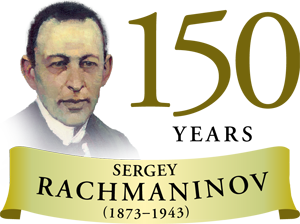
Sergey Rachmaninov’s five works for piano and orchestra continue to be his most successful compositions together with his Second Symphony. Rachmaninov dedicated the Third Concerto to his lifelong friend Josef Hofmann, whom he was not alone in regarding as the greatest pianist of that time. Both the piano and the orchestral parts belong to the most demanding repertoire ever written for this genre. The composer himself cited it as his favourite.
For this production, Damijan Močnik has created a reduced version of his St. John Passion for woodwind, percussion and strings, originally composed with a considerably larger orchestra. The recording took place on March 5, 2022 in Studio 1 of the Bayerischer Rundfunk. Authenticity of performance is guaranteed not only by the Slovenian Philharmonic Choir but also by the Croatian conductor Ivan Repušić, who as chief conductor of the Münchner Rundfunkorchester energetically promotes contemporary music from the Western Balkans.
‘Look, when they tell me that in my music, I am mainly concerned with bringing together a little nostalgia and a lot of good humour and optimism, well, I think that’s exactly how I’d like to be remembered: with a bit of nostalgia, lots of optimism, and good humour.’ If we listened to enough of his music (and not just the film music), Nino Rota’s wish might well come true, not least when listening to the third of his ten operas, the snappy Florentine Straw Hat (Il cappello di paglia di Firenze). This is his most popular stage work, which Rota wrote in Bari following the end of World War II and orchestrated a decade later for its premiere in Palermo.
After the first album with Chinese and Classical songs (I love this country, Gramola99275), this time soprano Marie Cho, with Niels Muus at the piano, presents songs by Mozart (the Abendempfindung and the canzonetta Ridente la calma, a free arrangement of an aria by his friend Myslivecek), Schubert (Die Forelle, Frühlingsglaube, the Serenade from the song cycle Schwanengesang, and the popular Ave Maria) and Brahms (the dramatic love song Von ewiger Liebe and the peacefully swaying Wie Melodien zog es mir) and as a conclusion two Chinese songs, the Eastern Mongolian Shepherd Song by Qu Xixian and Songs of My Hometown by Xu Peidong. In between, piano pieces by Mozart and Schubert, played by Niels Muus, will be heard.
Meyerbeer, long considered one of the greatest operatic composers, is being rediscovered. His first music drama was Jephtas Gelübde, based on the biblical story of Jephta and his rash vow of sacrifice. The musical language is varied in expression, with exceptionally advanced use of leitmotif and a subtle depiction of psychological process, all revealing a powerful command of the material. Marches and dances of radically different moods, allied to choruses of folk-like simplicity and grandiose power, are part of a mature score in which intense monologues and gripping ensembles embody music of lyricism, drama and rapture.
After the great success of their debut Solo Musica album Hymne à la Beauté, Sonja and Astrid Leutwyler, this time, have recorded further discoveries for the special instrumentation of voice, violin, and piano. Further enhancing the trio, with pianist Benjamin Engeli, is cellist Benjamin Nyffenegger.
In this second album Secret Nights, better-known works contrast with rarities inspired by the mysteries of the night and nature. Carl Reinecke, who influenced early Romanticism with his intimate forms of expression, is represented with a small cycle. With Camille Saint-Saëns’ song Le bonheur est chose légère, French Romanticism makes itself heard. The central element of this concept album are works by female composers of the 19th century. Three female composers are represented in several works. Amy Marcy Beach was the first American woman to compose a symphony. She was also a highly talented autodidact who could sing 40 different melodies at the age of three and is represented here with several songs. Lili Boulanger is the younger sister of the world-famous music teacher Nadia Boulanger. In Lili’s short life – she died at the age of 24 – she wrote a total of 50 compositions. Her sensitive Nocturne can also be heard on this recording.
In addition to his popular compositions such as orchestral works and chamber music, György Ligeti also wrote vocal music, among them numerous and demanding a cappella choral works. These, just like his canonically treated instrumental works, reflect his changes of style. With the exception of the Latin Lux aeterna (1966) and Three Fantasies after Friedrich Hölderlin (1982), Ligeti exclusively set Hungarian poetry to music, showing a marked preference for texts by Bálint Balassa (1554–1594) and Sándor Weöres (1913–1989). Ligeti wanted to set the respective contents to music programmatically but focussed especially on particular phonetic sound sequences, rhythms, intonations and accentuations of the Hungarian language. Translations of this speech music are nigh on impossible and even dispensable as you do not have to understand the words in order to experience the choral works as music that is rich in tone colours, rhythmically concise and extremely expressive.
John Bruce Yeh, the Chicago Symphony Orchestra’s celebrated assistant principal clarinet and solo E-Flat clarinet for over 40 years, headlines a program of lyrical and engaging chamber and solo works by noteworthy Windy City composers of the past and present, including three world-premiere recordings. Yeh, with Patrick Godon, the Chicago Symphony’s principal keyboardist, and freelance clarinettist Teresa Reilly, who performs with the CSO at home and on tour, presents mid-20th-century works by Alexander Tcherepnin and Leo Sowerby, a late-century work by Robert Muczynski, and recent pieces by Stacy Garrop, Shulamit Ran, and clarinettist Reilly. World-premiere recordings include the album’s centrepiece, Sowerby’s witty and inventive 1938 Sonata for Clarinet and Piano; Ran’s tender, heartfelt Spirit for Solo B-Flat Clarinet; and Reilly’s The Forgiveness Train for two clarinets, an insistently rhythmic, pandemic-fuelled dreamscape about personal peril amid natural beauty. Garrop’s dramatic Phoenix Rising – a world-premiere recording of the version for clarinet – depicts the fiery death and triumphant rebirth of the Phoenix of Greek and Egyptian myth. The album opens with Tcherepnin’s vivacious Sonata in one movement for clarinet and piano. Muczynski’s Time Pieces for Clarinet and Piano, a popular repertoire staple, brings the programme to a brilliant close.
Britta Byström’s music tells stories and builds structures, all from the clearest and most evocative of ingredients. Her ear for colour and her willingness to be led by instinct are both apparent in the four works included on this album, documenting Athelas Sinfonietta’s enthusiasm for the Swedish composer.
The Ensemble Trisonante was founded in 2015 and has since become an internationally sought-after and regularly performing piano trio. With their debut album Unfolding, the three musicians, Christina Leeb-Grill (piano), Cecilia Sipos (cello), and Luís Morais (violin), go into discovery mode in the early work of great composers. Franz Schubert composed the Sonatensatz in B-Flat Major, D 28, in 1812, when he was just 15 years old; nevertheless, it is not difficult to already hear the composer’s very own voice. Claude Debussy wrote his first chamber work, the Piano Trio in G Major, at the age of 18; like Schubert’s work, it was not published until almost 100 years after it was written. Also at the age of 18, Sergei Rachmaninov composed the one-movement Trio élégiaque No. 1 in G Minor, which formed the prerequisite for a much-expanded piano trio only two years later. Dmitri Shostakovich’s first chamber music work is the Piano Trio No. 1 in C Minor, Op. 8, which today is one of the most popular piano trios of the 20th century.
Erich Wolfgang Korngold wrote a significant body of chamber music (the Piano Trio and String Sextet are on Naxos 8.574008). His three String Quartets reflect different periods of composition. The First marries impetuousness with enticing harmonies and rapt eloquence. The Second, which dates from 1933, is notable for its clarity, rhythmic impetus and melodic directness. The post-war Third is more relaxed, unexpectedly juxtaposing the archaic and modern with a joyful conclusion.
This boxed set was conceived and produced as part of the project Il mandolino a Napoli nel Settecento organised by the University of Bologna in collaboration with the University of Uppsala and the Neapolitan Mandolin Academy. The project aims to record on period instruments the 19 compositions for mandolin by Neapolitan composers of the eighteenth century, whose manuscripts are compiled in the Gimo Collection and preserved in the Carolina Rediviva Library of the University of Uppsala. Disc one features works by Giovanni Battista Gervasio, while disc two highlights pieces by Emanuele Barbella, Gioacchino Còcchi, and unknown composers. This album offers listeners a new interpretation of the repertoire based on an interpretation sensitive to the quality of sound, phrasing and aesthetic, and compositional concepts of the time, contributing to a more extensive rediscovery of the Neapolitan and Southern Italian instrumental repertoire of the eighteenth century.
Symmetria Pario Creation explores the beginnings of things, the origin of the universe, as expressed in music and various creation stories from different cultures around the world. But when listening to this album, one does not need to know anything about science or even the inspiration behind these works to enjoy the music. Track one, Symmetries by Clarice Assad, proves this instantly. Clarice Assad investigates quantum theory and what we surmise happened in the first billionths of a second after the universe came into being. Yuko Mabuchi explores a Yoruba creation story from West Africa and incorporates Native American creation traditions. Mehmet Sanlikol’s piece takes inspiration from the mystical Islamic Sufi tradition describing the creation of the universe in seven days. Hannah Kendall channels the Book of Psalms. Ricky Kej explores pre-Hindu Vedic narratives from Ancient India, and Adam Gilbert pokes fun at Renaissance ideas about the order of the universe. Composers Cecilia Damstrom, Harrison Birtwistle, and Missy Mazzoli join this album celebrating music for violin and piano.
From powerful and impressive but also minimalist contours to soulful and native harmonies further on towards fiery and flying rhythms – on this very personal album entitled Autograph, Martynas Levickis, as soloist, arranger and composer, presents all the colours and sounds of the instrument he adores and of which he is the master: the accordion. In 2010, at the age of 20, he made the jump to the big stages of the music world when he won both the World Accordion Championship and a major Lithuanian talent show. Since then, Martynas Levickis has been an ambassador for his instrument, whose versatility and beauty he highlights with sophisticated arrangements and programmes that span eras and genres. Autograph spans an arc from the music of Johann Sebastian Bach to the present with works by Philip Glass and Franck Angelis. It impressively proves that the accordion has also found its place in classical music.
Jan Schulmeister is a young and promising pianist. He has been playing the piano since the age of five. He has received over 30 prizes and special awards from national and international competitions. He also regularly performs solo concerts in both Czech and foreign countries. Now, he presents his new album of compositions by Robert Schumann, Johann Sebastian Bach and other great composers. He said about this release: ‘I see this audio recording as a kind of transition from my junior recordings to future ones. I am sixteen years old, and in these years, my sort of imaginary journey associated with the courage to join my older, already mature colleagues, the masters of black and white keys, begins.’
One of the threads that runs through Debussy’s music is an expressive range that embraces the tragic to the grotesque. This is especially evident in his early piano music. The Suite bergamasque is the masterpiece of his pre-Raphaelite period, a compound of archaism, rich lyricism and decadence. Pour le piano also evokes a medieval atmosphere, while – in its Toccata finale – offering perpetual motion virtuosity. There is an oriental ethos in the Nocturne, the Rêverie is an alluring portrait, and Images oubliées – which was unpublished as a set until as late as 1977 – contains both rich portraiture and burlesque.
‘My music may not be performed often, but it is performed all over the world’, wrote the Italian-American composer Vittorio Rieti. His orchestral works were conducted and admired by luminaries such as Rafael Kubelík, Leopold Stokowski, and Arturo Toscanini but it was the piano that was arguably Rieti’s first and most significant musical love to which he brought a natural, effortless and brilliant style. The Second Avenue Waltzes for two pianos, one of his greatest works, is an expression of his maturity and full of charm, whereas the later Twelve Preludes for solo piano reveal a wealth of inventiveness. One of his most successful pieces, the Suite champêtre for two pianos, is fuelled by grace and elegance. Giorgio Koukl has been called ‘one of the five or six greatest living pianists today’ by The Art Music Lounge; he is joined in the works for piano duo by the prize-winning pianist Virginia Rossetti.
Louis Vierne will always be best remembered as one of France’s most outstanding organ composers, but his piano works are part of a significant wider oeuvre and notable for their colourful and inspired inventiveness. Each of the Douze Préludes carries an evocative title in music filled with the pain and tumult of war and loss, while the epitaphs in Solitude were composed shortly after the deaths of Vierne’s brother and eldest son. Including recently published manuscripts, this is the second of two albums covering repertoire that deserves a place in the pantheon of French piano music.
This series marks the 200th anniversary of the birth of Anton Bruckner, which falls in 2024. It’s dedicated to Bruckner’s symphonies, most of them recorded in new transcriptions for organ by Hansjörg Albrecht. This 6th volume featuring Bruckner’s Sixth Symphony was recorded on the church organ of Hofkirche in Luzern, using Eberhard Klotz’s transcription of the work. The bonus track on the volume is Brucknerblume – Fenster zu Bruckners 6. Sinfonie, is a work for organ by the Italian composer Andrea Lorenzo Scartazzini.
This recording presents the complete organ works composed and played by Sally Jo Rüedi during the last 20 years, performed on four outstanding organs built during the same period by Metzler Orgelbau AG of Dietikon ZH (Switzerland). Each of these four organs and the room in which they are located has a unique sound, which the artist has chosen for these recordings to match the character of each composition. One of the main sources of inspiration for this comprehensive release was an encounter with the wind-dynamic organ of the Stadtkirche Biel and the discovery of its many sound possibilities. It is the first organ in the world to combine such wind-dynamic work with a traditional large church organ. The title piece, Kotura – Herr der Winde, is a direct result of the artist's first encounter with this wonderful organ. From the first moment, Sally Jo Rüedi was captivated by the ethereal sounds of the wind-dynamic stops and sound effects. Experimenting with these possibilities was as if a floodgate of natural sounds opened up and unfolded in a wave of sonic expression in the church – a true ‘breeze’. Freed from the confines of definable tonal steps, the music is enlivened by a wild creative freedom. It was only after the composer heard the first recording of the first round of improvisations on that magical winter evening that she realised the artistic possibilities that came with this organ.
Herbert Blomstedt is omnipresent on the concert stages of this world. Where others have been enjoying their retirement for decades, the 95-year-old continues to tour the globe as conductor of numerous top orchestras and, in doing so, seems to defy the laws of biology. His esprit for conducting even seems to have grown over the years; his art, musical ethics, and empathy in dealing with people in general and with orchestra musicians, in particular, have long since made him a living legend.
This feature-length film portrait was created between his 90th and 95th birthdays. It accompanies Herbert Blomstedt in his work with selected orchestras, which are representative of the many international ensembles he has either led or with which he still works regularly, and observes the gifted communicator during rehearsals and concerts. Blomstedt vividly conveys his clear interpretive ideas, turning every orchestra rehearsal into an experience.
Based on Schiller’s play of the same name, Don Carlo is Verdi’s most ambitious work, written for the Paris Opéra in 1865–66 in the tradition of a French grand opera. This legendary production from the Salzburg Easter Festival is directed by Herbert von Karajan. With its extraordinary vocal cast, wonderful set design and costumes, it is truly one of the most memorable opera performances.
Umberto Giordano’s opera Siberia with its libretto by Puccini’s successful librettist Luigi Illica (La bohème, Tosca) premiered in 1903 at La Scala as a replacement for Puccini’s Madama Butterfly, which was not finished at the time. Madama Butterfly came out in Milan shortly after Siberia and flopped completely. Umberto Giordano, however, briefly became a public favourite. Shortly after successful re-runs in important theatres, including Buenos Aires, New York, and São Paulo, Siberia could not maintain its position in repertoire although Gabriel Fauré designated the second act as ‘one of the most remarkable and captivating that modern dramatic music can offer.’ This opera rarity performed at Bregenz Festival ‘is a musical narrative theatre in perfection’ (Süddeutsche Zeitung) in which ‘Uryupin leads the agile Wiener Symphoniker through the score with a sense for delicately tinted colours. Ambur Braid sings the challenging part of Stephanas with bravour’ (Frankfurter Allgemeine Zeitung).
Richard Wagner’s extraordinary cycle of four operas, Der Ring des Nibelungen, is epic in every sense of the word. Its story revolves around the legendary quest for a magical ring that can grant power to rule the world, with gods, heroes, heroines and mythical characters becoming embroiled in a world of passionate emotions, hard-won triumphs, and the deepest of tragedies. Sofia Opera’s acclaimed productions bring Wagner’s shimmering and opulent vision to life in a spectacle that is thrilling from beginning to end in both its daring visual language and its overwhelming musical intensity.
Emilio de’ Cavalieri’s Rappresentatione di Anima et di Corpo was premiered in 1600 in Rome. It was conceived to be performed in costume, bringing text and music together in a dramatic form, and is accepted as the first surviving opera, pre-dating works by Peri and Monteverdi. Its theme is the dialogue of Soul and Body, a pivotal concept of the Italian Counter-Reformation, presented in allegorical form. This production by the acclaimed director Robert Carsen was hailed as ‘an unmitigated, tremendous success’ and its ‘musical production was extraordinary’ (bachtrack.com).
2017 marked the 450th anniversary of the birth of Claudio Monteverdi – one of the founders of opera and hailed in his day as ‘the creator of modern music’. Monteverdi transformed vocal music beyond Renaissance polyphony into an entirely new genre that expressed powerful feelings and emotions within a gripping narrative. This set brings together Monteverdi’s three surviving operas: the splendorous L’Orfeo and, from later in his life, Il ritorno d’Ulisse in patria and L’incoronazione di Poppea with their visceral passions and dramatic dilemmas, all elements that have animated the history of opera for centuries. John Eliot Gardiner’s acclaimed Monteverdi 450 series of semi-staged performances produced in Venice’s historical Teatro La Fenice is a living confirmation that Monteverdi ‘will be sighed for in later ages, for his compositions will surely outlive the ravages of time.’
A bank clerk bludgeons a janitor to death: with no reason, no motive, just like that. This murderer and his ‘senseless’ deed totally derail the general prosecutor whose job it is to bring the charge. In a mad rush, he leaves his well-ordered existence and becomes an axe-wielding murderer, initiating a bloody movement against the socio-political status quo. Stefan Bachmann stages Frisch’s drama as a highly musical nightmarish trip with powerful imagery, giving full scope to the suggestive power of the theatre.
The Distance is a modern rock and pop art created by the duo Tov Ramstad and Django Novo. Centred on the cello playing of Tov and Django’s vocals, they have produced a new exciting sound around well-written lyrics giving the listener a deep cinematic experience. To further expand their sound, they have invited brilliant musicians to add trumpet, keyboards and harmonica, always with carefulness and true to the duo’s vision.
The album contains a commissioned work in seven parts that follows the dramaturgy of a Broadway musical. Lina has dedicated each part to different musical role models such as Norma Winstone, Carmen McRae, Jan Johansson and Lennart Åberg. Lina Nyberg had her debut in 1993 with the duo album Close together with the pianist Esbjörn Svensson. With more than twenty album releases behind her and numerous awards and prizes, she has been praised worldwide for her creativity and innovative work. During 2022–2023, she is composer-in-residence at Vara Konserthus and has written new music in her residency which she performs together with the Bohuslän Big Band.
Since the debut album Stay a While in 2020, Gothenburg-based Simon Westman Trio has gained 3 million streams on various streaming platforms. Now, they are back with a new album – Moving Forward. Pianist Simon Westman composed most of the songs, and the master of sound engineering, Åke Linton, has been involved in helping the trio get a great sound at the Swedish recording studio Svenska Grammofonstudion in Gothenburg. With this album, the three musicians – who have strong voices on the Swedish jazz scene – have found their sound and interaction even more. Strong melodies have become a hallmark for the trio, as for the mix of sensitivity and great energy. It’s a very dynamic and playful trio.
On top of masterpieces by less well-known composers, Orfeo offers first-rate recordings of celebrated composers, covering renowned, lesser-known, and neglected works. The label aims to ensure that classical music transcends generations and remains a living force as it delivers surprises to listeners.
* Offer available until 20 April 2023 only.
Make sure to subscribe to Naxos newsletters for other great offers.





























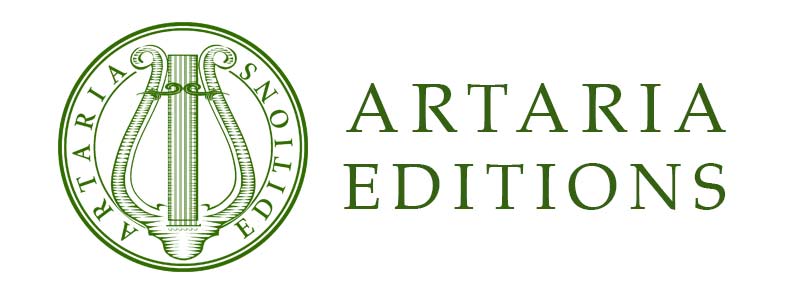



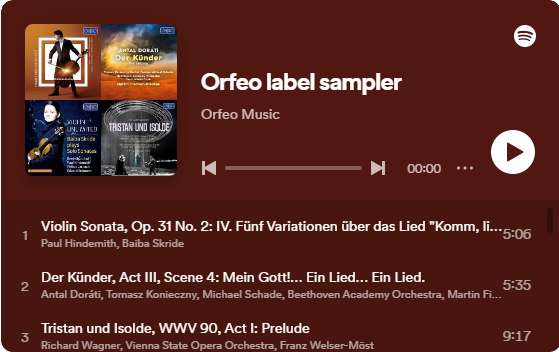

![HANDEL, G.F.: Serse (Xerxes) [Opera] (Sung in German) HANDEL, G.F.: Serse (Xerxes) [Opera] (Sung in German)](https://cdn.naxos.com/sharedfiles/images/cds/hires/C230063.jpg)
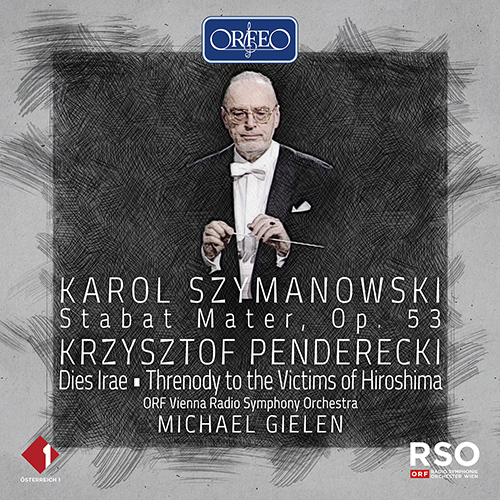
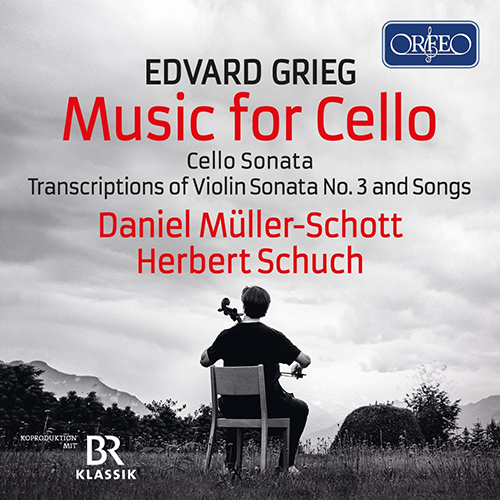
![WAGNER, R.: Tristan und Isolde [Opera] (P. Seiffert, N. Stemme, Vienna State Opera Chorus and Orchestra, F. Welser-Möst) WAGNER, R.: Tristan und Isolde [Opera] (P. Seiffert, N. Stemme, Vienna State Opera Chorus and Orchestra, F. Welser-Möst)](https://cdn.naxos.com/sharedfiles/images/cds/hires/C210123.jpg)
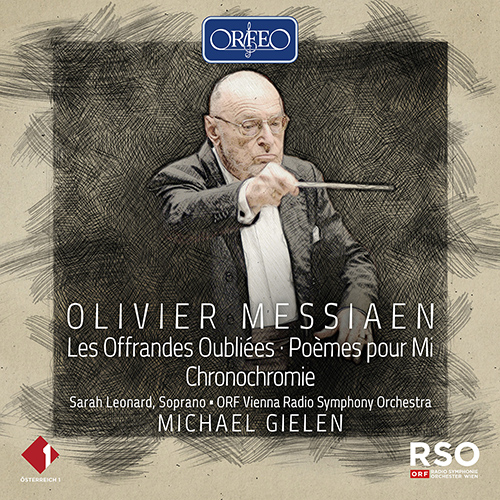
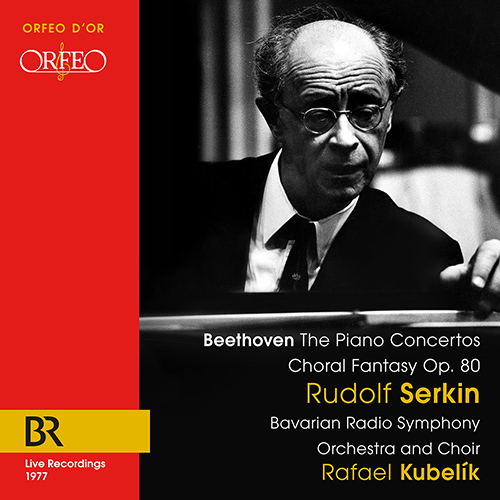
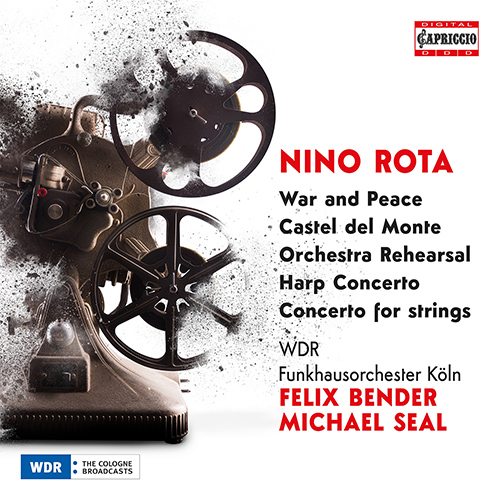
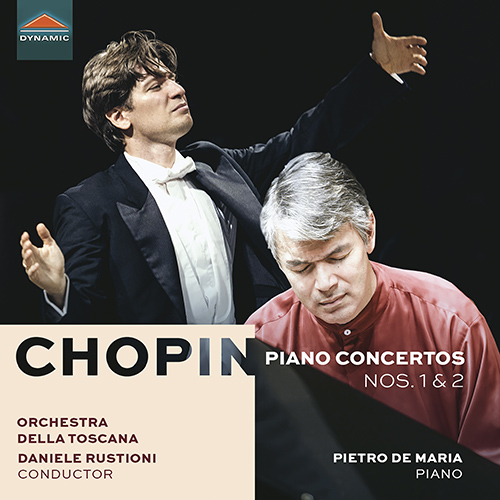
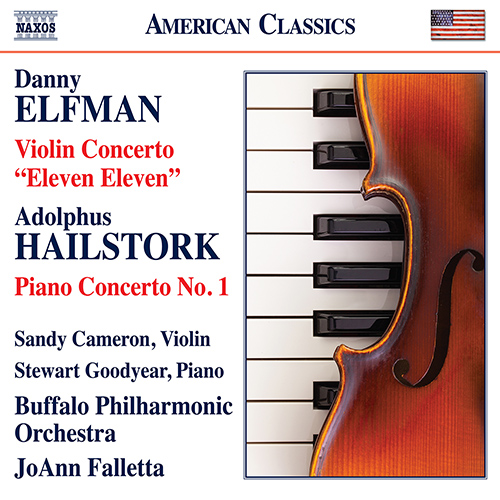
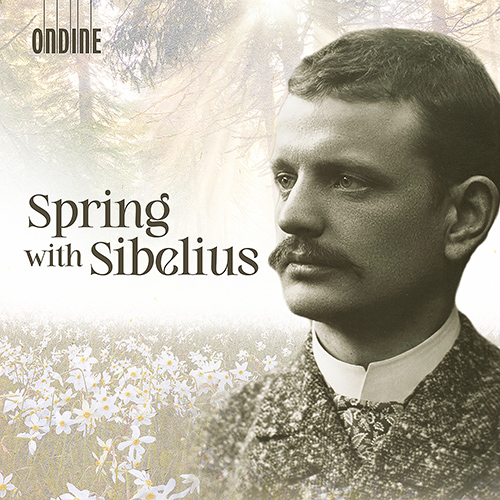
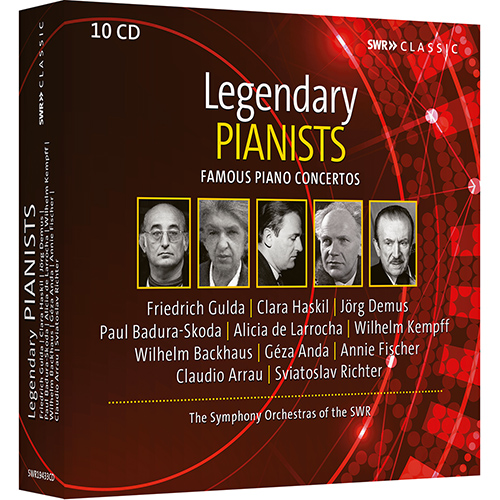
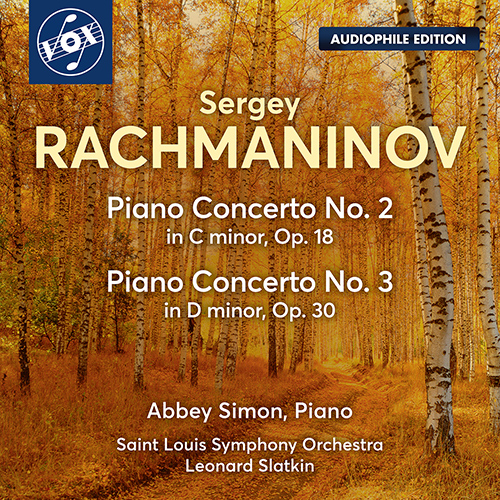
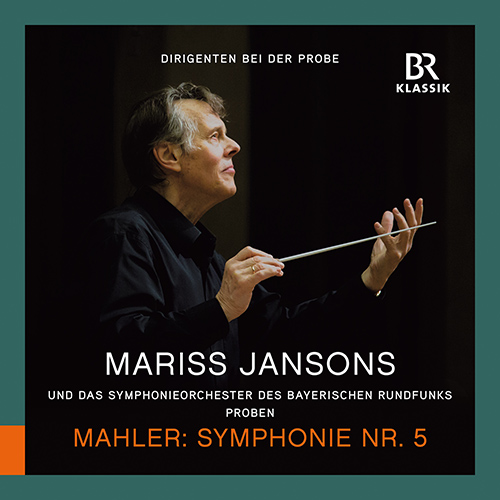
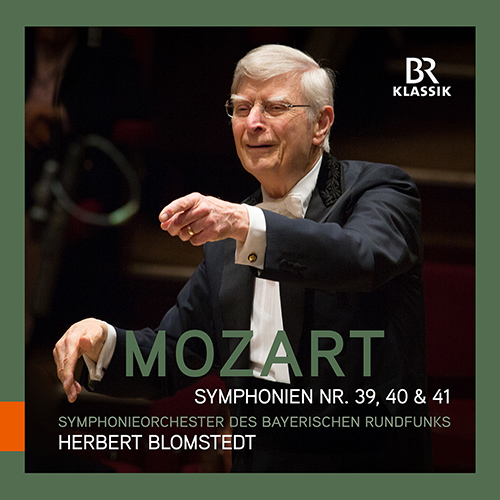

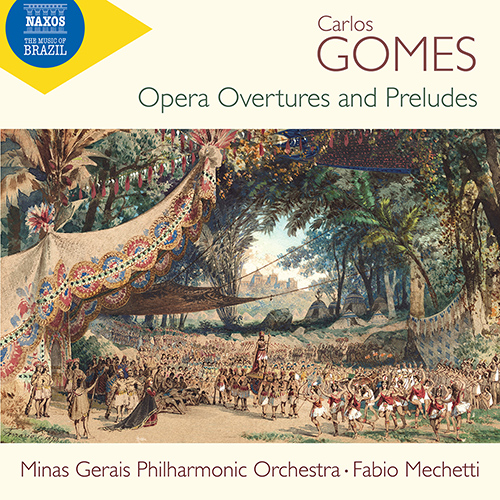
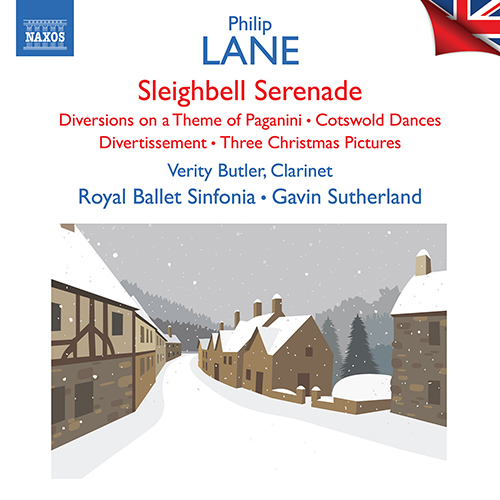
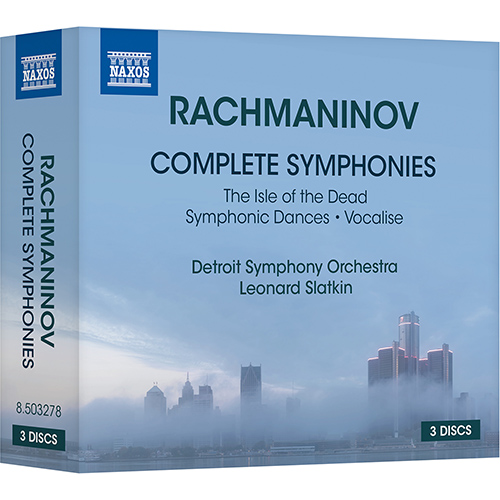
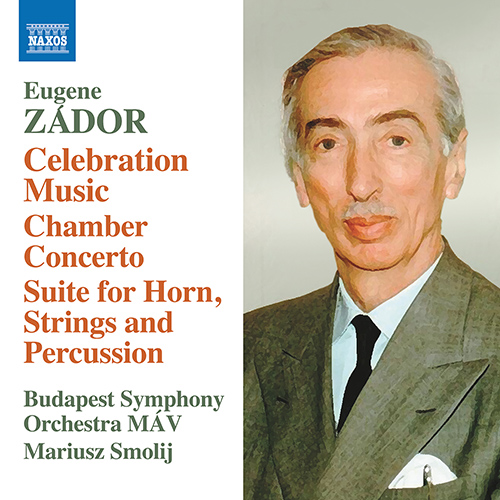
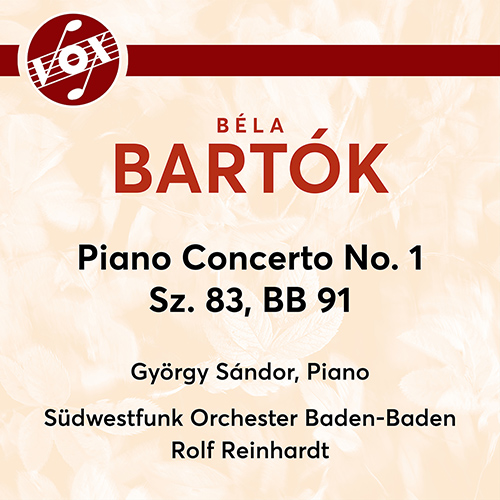
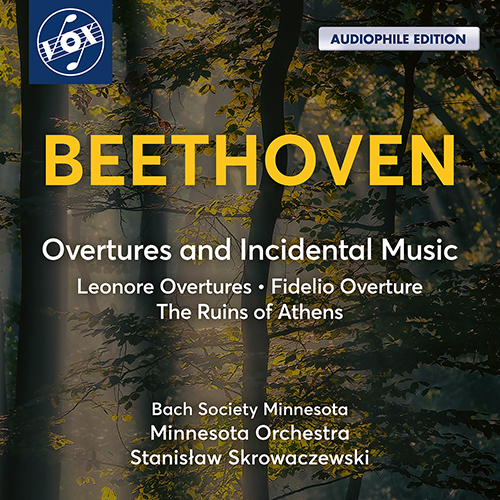

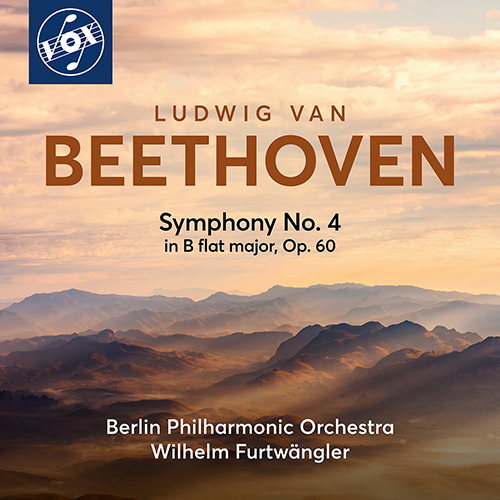


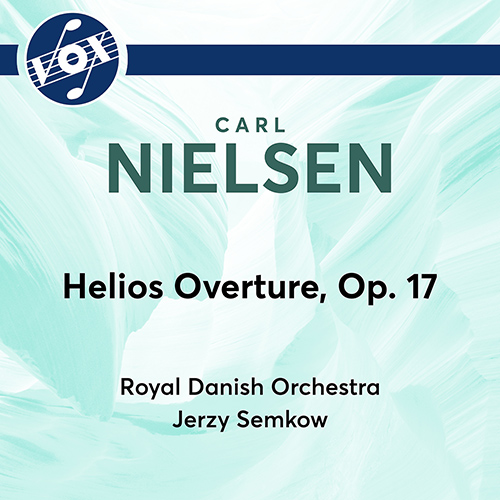

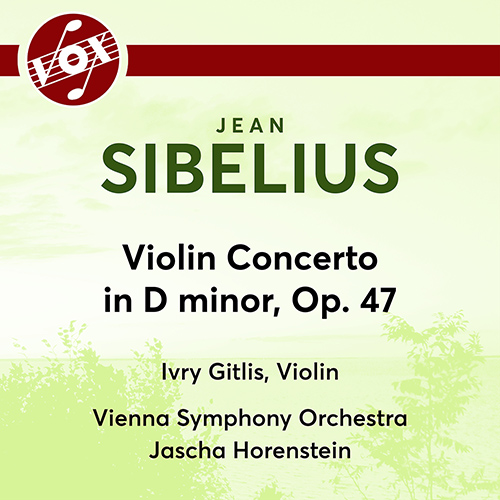
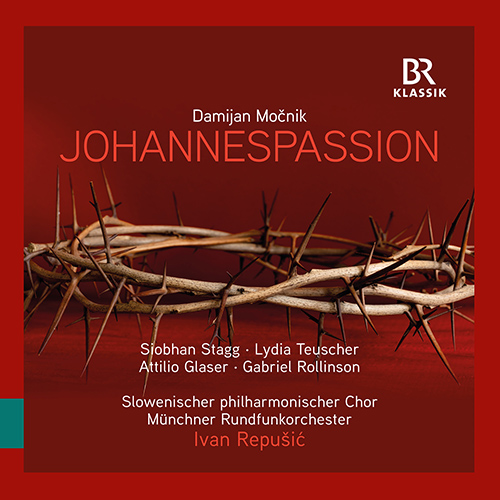
![ROTA, N.: Il cappello di paglia di Firenze (The Florentine Straw Hat) [Opera] ROTA, N.: Il cappello di paglia di Firenze (The Florentine Straw Hat) [Opera]](https://cdn.naxos.com/sharedfiles/images/cds/hires/C5466.jpg)
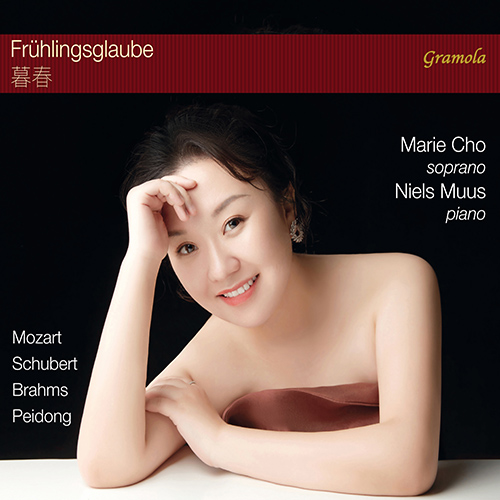
![MEYERBEER, G.: Jephtas Gelübde [Opera] MEYERBEER, G.: Jephtas Gelübde [Opera]](https://cdn.naxos.com/sharedfiles/images/cds/hires/8.225383-84.jpg)
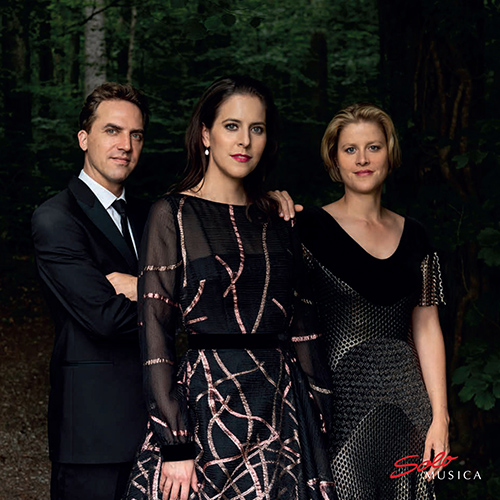

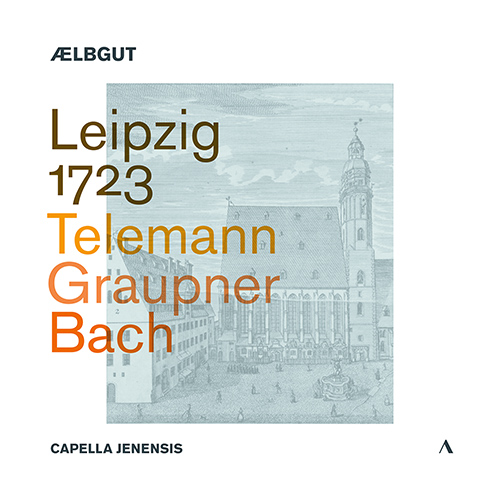

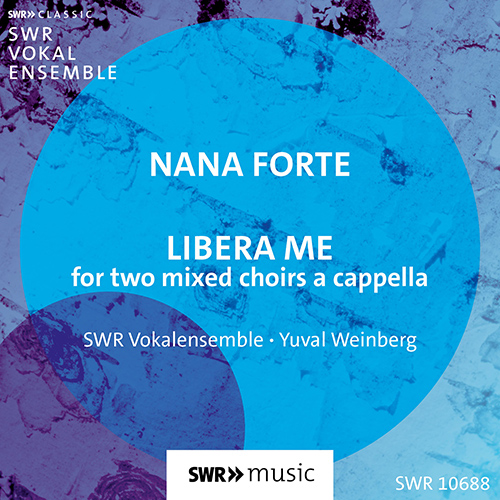

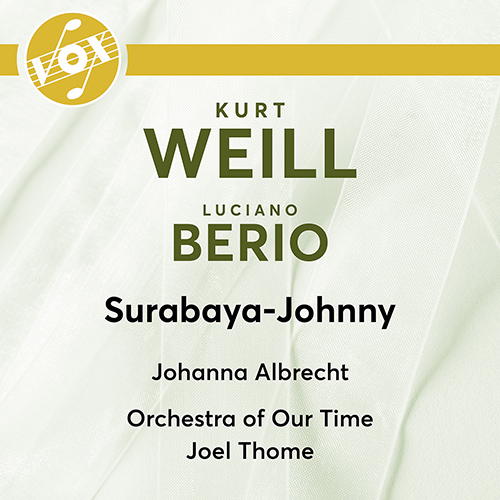
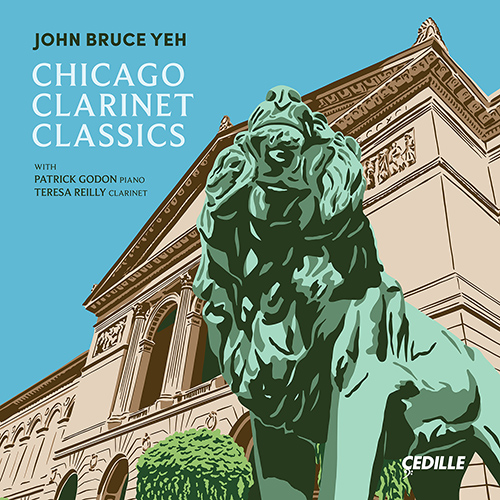

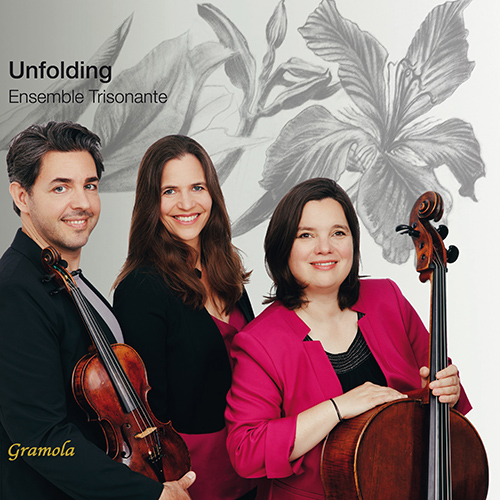
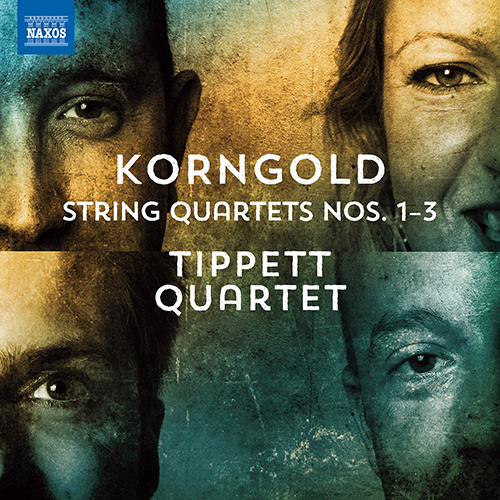


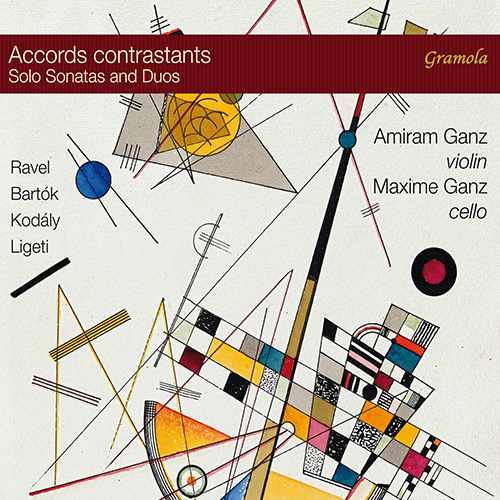
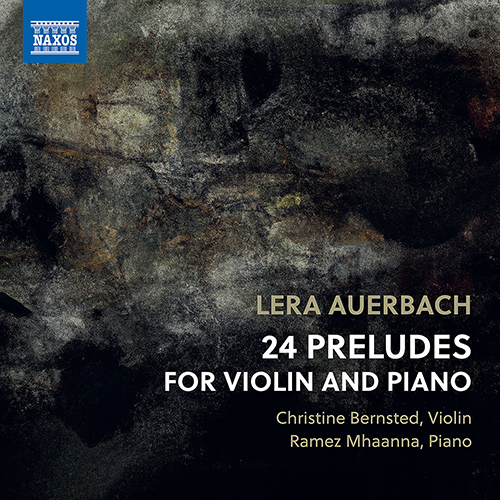
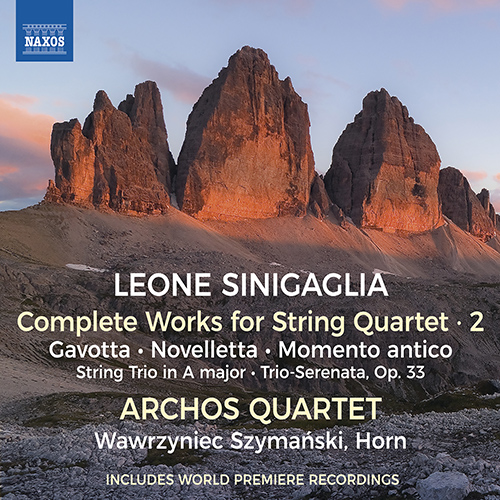
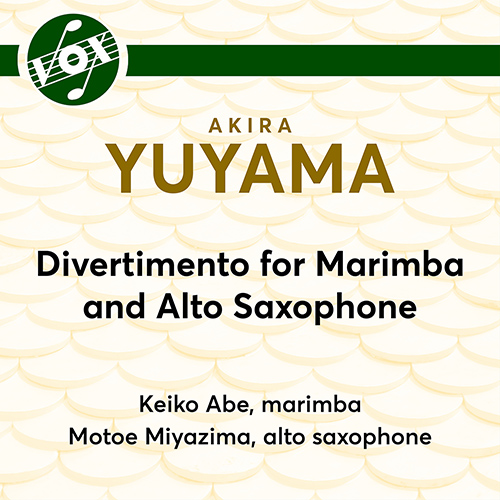
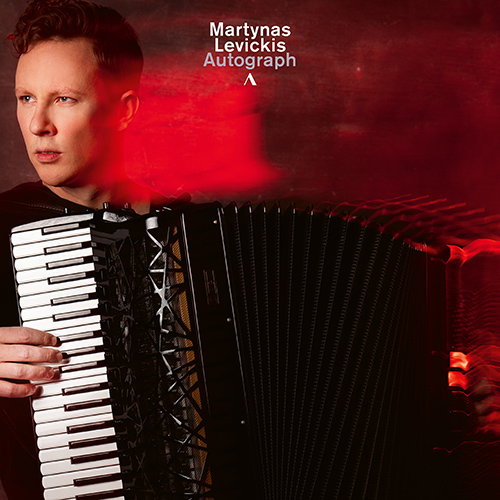
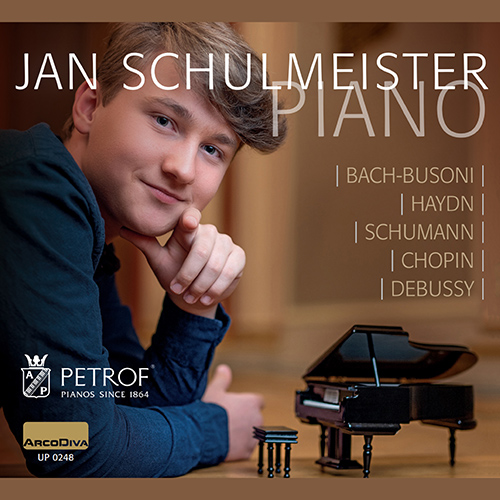
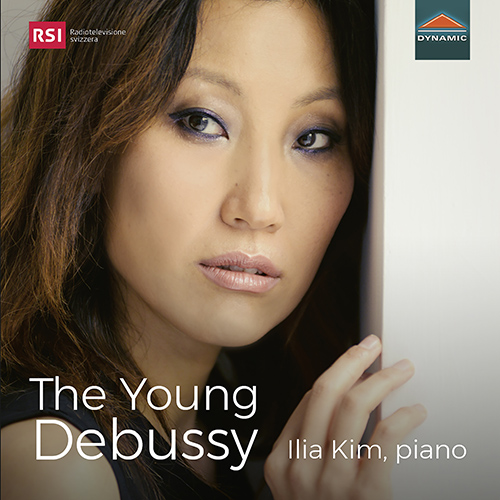
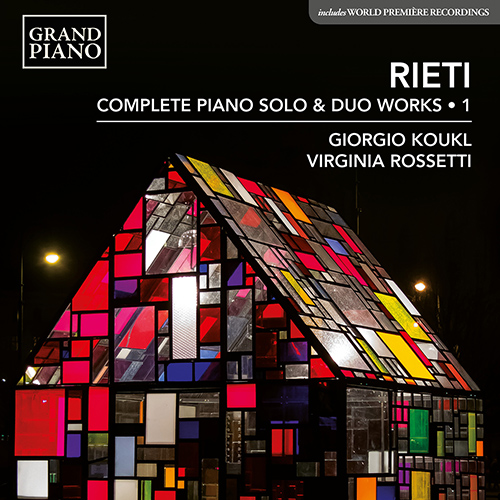
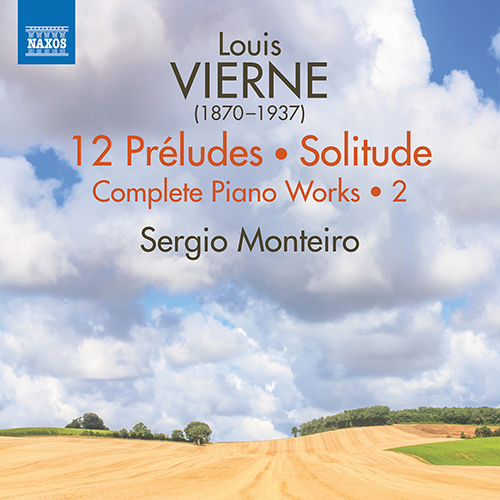

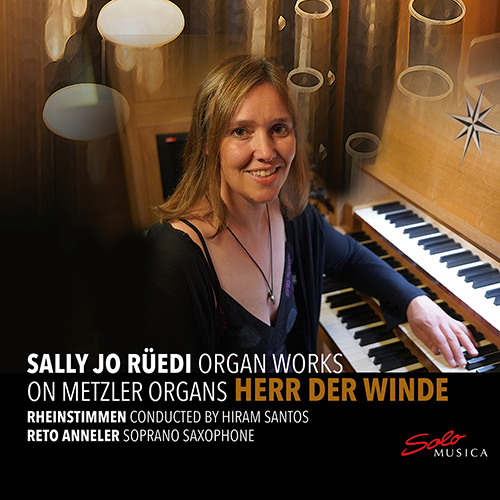

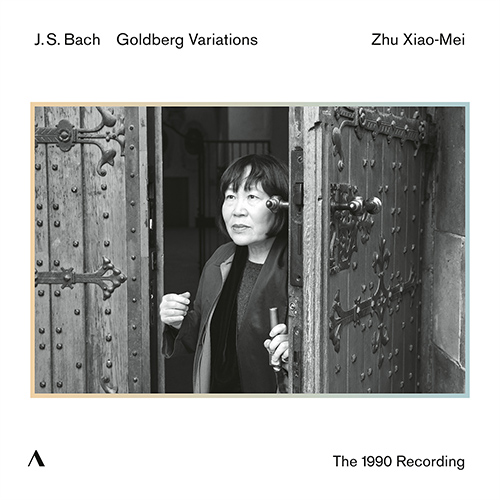

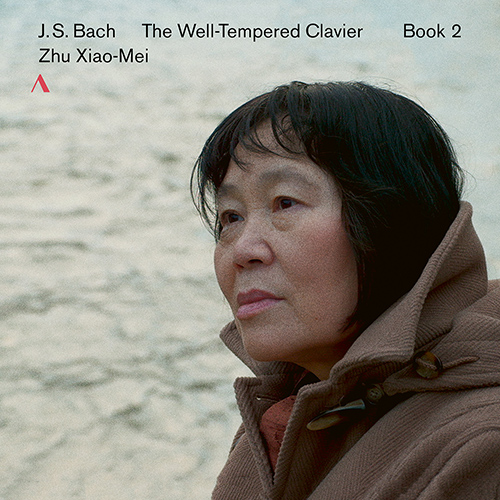
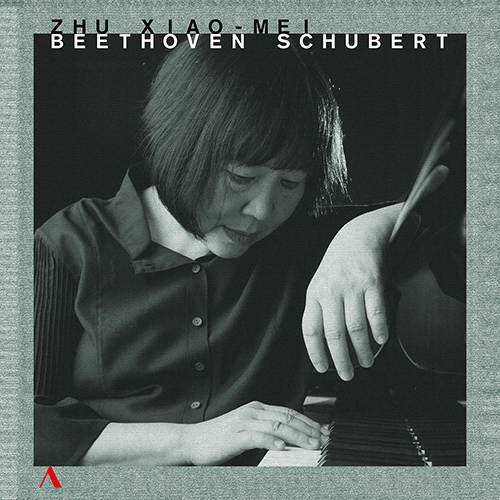

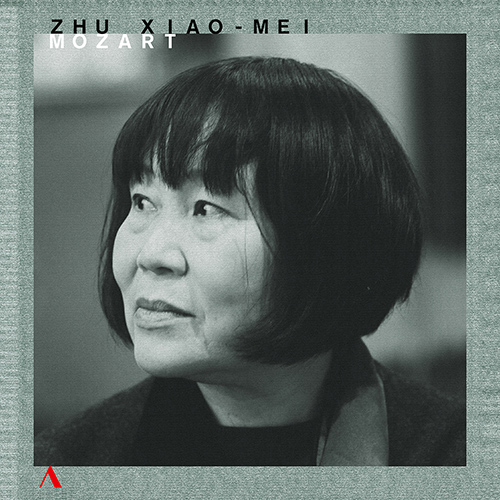
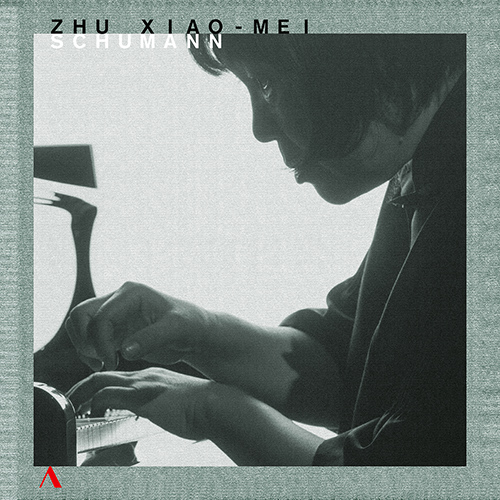
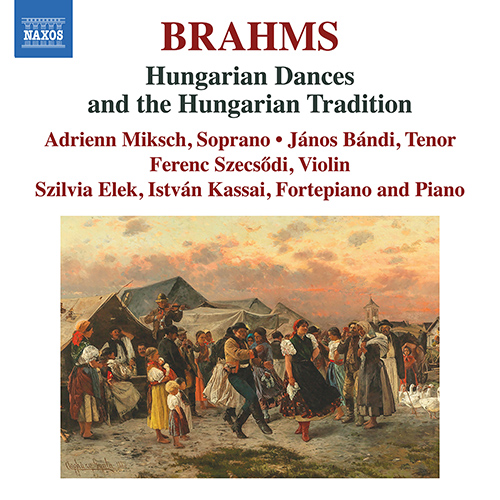

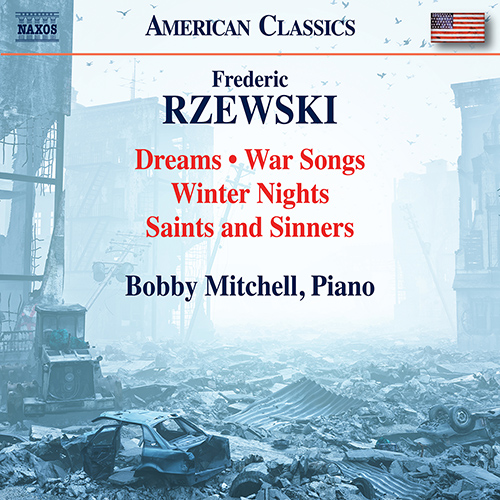


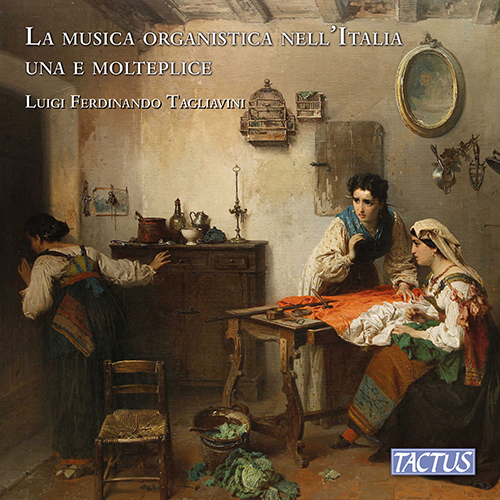



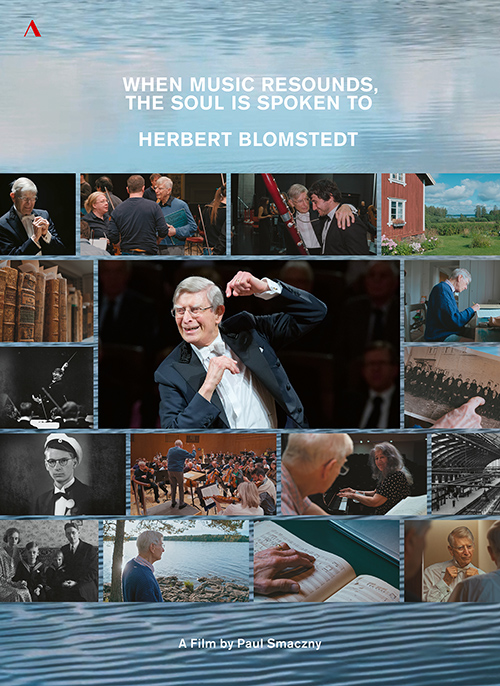
![VERDI, G.: Don Carlo [Opera] (Salzburg Easter Festival, 1986) VERDI, G.: Don Carlo [Opera] (Salzburg Easter Festival, 1986)](https://cdn.naxos.com/sharedfiles/images/cds/hires/761604.jpg)
![GIORDANO, U.: Siberia [Opera] (Bregenz Festival, 2022) GIORDANO, U.: Siberia [Opera] (Bregenz Festival, 2022)](https://cdn.naxos.com/sharedfiles/images/cds/hires/762908.jpg)
![WAGNER, R.: Der Ring des Nibelungen [Operas] (reduced orchestration by G.E. Lessing) (Sofia National Opera, 2010–2013) (8-DVD Boxed Set) WAGNER, R.: Der Ring des Nibelungen [Operas] (reduced orchestration by G.E. Lessing) (Sofia National Opera, 2010–2013) (8-DVD Boxed Set)](https://cdn.naxos.com/sharedfiles/images/cds/hires/DYN-37964.jpg)
![CAVALIERI, E. de’: Rappresentatione di Anima et di Corpo [Opera] (Theater an der Wien, 2021) CAVALIERI, E. de’: Rappresentatione di Anima et di Corpo [Opera] (Theater an der Wien, 2021)](https://cdn.naxos.com/sharedfiles/images/cds/hires/2.110750.jpg)
![THE MONTEVERDI TRILOGY – L’Orfeo • Il ritorno d’Ulisse in patria • L’incoronazione di Poppea [Operas] (3-DVD Boxed Set) THE MONTEVERDI TRILOGY – L’Orfeo • Il ritorno d’Ulisse in patria • L’incoronazione di Poppea [Operas] (3-DVD Boxed Set)](https://cdn.naxos.com/sharedfiles/images/cds/hires/OA1349BD.jpg)
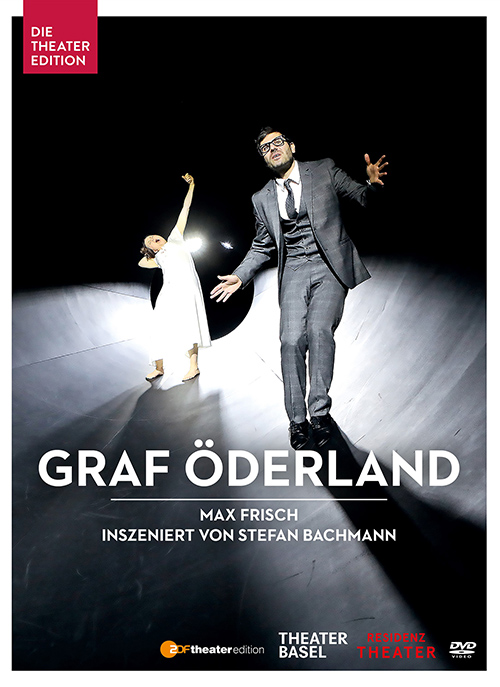

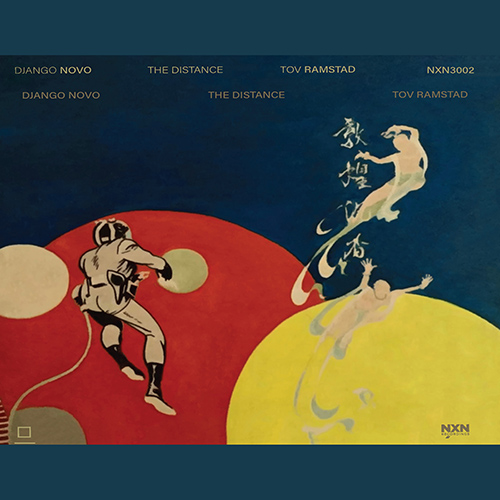
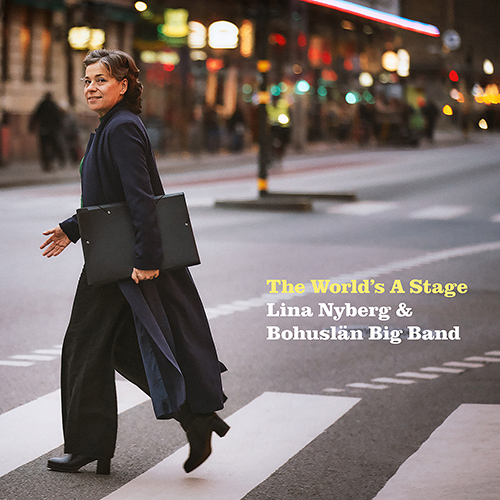


![WAGNER, R.: Tristan und Isolde [Opera] WAGNER, R.: Tristan und Isolde [Opera]](https://cdn.naxos.com/sharedfiles/images/cds/hires/C951183D.jpg)
